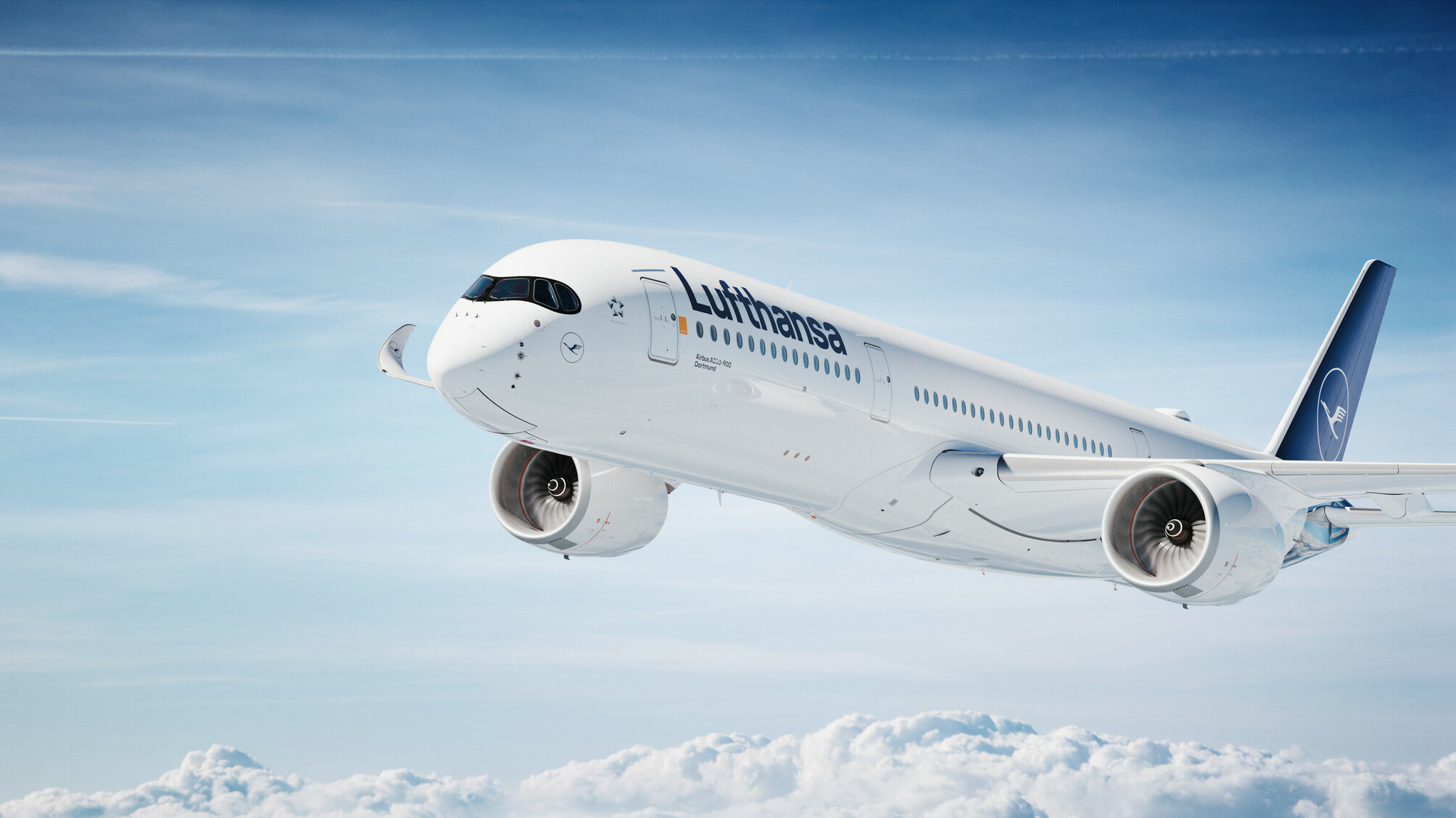The Lufthansa Group supports numerous activities and measures over the long-term in order to decrease aircraft noise perceptibly. The primary goal is to sustainably reduce aircraft noise at its source and to develop optimized flight procedures in cooperation with system partners. This is based on involvement in research and development projects where ideas for new noise abatement measures are tested. Measures are tested and implemented at various locations under the oversight of various noise protection committees and with the collaboration of Lufthansa Group experts.
In addition, the activities concerning active noise abatement also have an economic component: by flying quiet aircraft, the Group may prevent possible restrictions on operations.
As of 28 October 2023 (end of the summer flight schedule), 99.6% of the aircraft – virtually the Group’s entire operating fleet - fulfilled or exceeded the strict minus- 10-decibel criterium of the ICAO Chapter 4 standard. This standard defines noise limits and stipulates that all civil aircraft newly licensed after 2006 must cumulatively fulfil the older Chapter 3 noise limits by a margin of ten decibels or more.
Investments in modern and thus quieter aircraft
The single most effective measure for reducing aircraft noise at the source is continuous fleet modernization. In this area the Lufthansa Group cooperates closely with aircraft manufacturers and actively influences the shaping of specifications and the technical status of new aircraft.
Noise-reducing technologies for the existing fleet
In addition to modernizing the fleet, retrofitting existing aircraft also results in measurable noise reduction. At the beginning of 2014, Lufthansa became the first airline worldwide to start operations with a new Airbus A320 equipped with noise-reducing vortex generators, thus setting an industry standard. Aircraft with vortex generators are up to four decibels quieter on their approach.
Airbus A320 audio tests

A320 audio tests with and without vortex generators on the final approach
At Frankfurt Airport from the Offenbach-Lauterborn monitoring point.
At Munich Airport from the Massenhausen monitoring point
Development of optimized flight procedures and flight routes in cooperation with system partners
Optimizing the vertical flight profile (flight procedures) and horizontal flight management (flight routes) also contributes to reducing noise. The Lufthansa Group is active in many ways in this area, with Deutsche Flugsicherung (German air traffic control) as well as international partners.
Noise research for quieter flying
The Lufthansa Group has been committed to noise research for many years, which helps create the foundations for successful measures in active noise protection. Only these involved and highly complex research and development projects lead to quieter aircraft and engine generations as well as the desired optimizations of the existing fleet. For the Lufthansa Group it is therefore very important to continue this ongoing cycle of intensive research as well as new technologies and products to obtain further efficiency increases in the performance of aircraft and engines.
Dialogue with residents near airports and other stakeholders
In addition to technical and operational improvements, the Lufthansa Group also takes part in various dialogue forums with residents near airports, including in Frankfurt and Vienna. The experts from the Lufthansa Group contribute to the development of active noise abatement measures in the multilateral working groups. The Lufthansa Group is also actively involved in some of the aircraft noise commissions required in Germany by the Air Traffic Act (Luftverkehrsgesetz).


